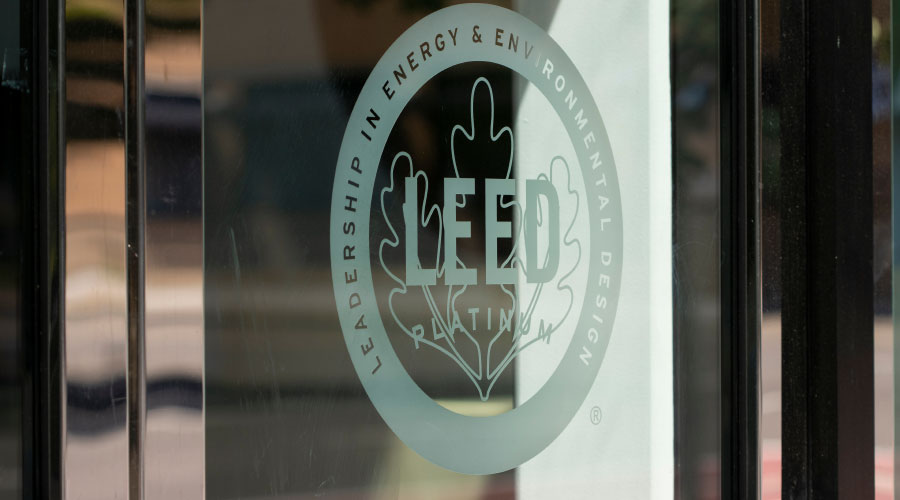LEED-EBOM Commissioning Credits Focus On Maintaining Efficient Operations
LEED for New Construction currently provides elements that help link design and construction to operations, but because many are voluntary, they are typically underused. The most apparent opportunity exists within two areas of the Energy and Atmosphere category. The enhanced commissioning credit in the New Construction rating system specifically helps to bridge the gap from the end of design and construction to the operational phase. Specifically, incorporating commissioning activities such as opposed season systems testing generates a track record of operations and performance to analyze and troubleshoot ahead of long-term operations. Commissioning credits in LEED-EBOM pick up right where the New Construction system leaves off, leveraging the fact that, as performance decay never stops, neither should commissioning to help maintain efficient operations.
Even if a building was never commissioned in the first place, the best place to focus efforts is probably in the associated commissioning credits of LEED-EBOM. Either picking up where the design and construction commissioning agent left off, keeping the same commissioning agent on board for the early years of operation, or starting from scratch with the commissioning activities outlined in LEED-EBOM will likely provide substantial gains in operational efficiency. If it is possible to retain the design and construction commissioning agent during the operational phase of a building, it will be easier to incorporate knowledge about design direction, challenges, obstacles, and strategic success into the building's operational life and future performance successes. Otherwise, building staff hired late in construction, or even after a building is occupied, will not gain the benefit of a building's early history and lessons learned. Each building is unique in regard to where it has been and where it is going operationally, and the longer design and construction team members can stay engaged with building operations the better.
The other Energy and Atmosphere credit that can contribute significantly to optimized operations pertains to energy metering. The design team can properly segregate branch distribution to the various types of loads in a building, like lighting or HVAC, and provide the associated meters to aid the analysis of energy consumption. However it is the owner/operator of the facility who should still follow through with an annual program to fine tune performance over time. It may come as a surprise to many that for the most part, typical design practice provides very few tools to properly manage the energy-consuming systems in a building. Whether your building included system-level metering to begin with or not, LEED-EBOM incentivizes incorporating meters to measure "major end uses that represent 20 percent or more of the total annual consumption." We can't manage what we don't measure, and a comprehensive metering program goes a long way in ongoing system management and troubleshooting of the issues that become routine in many buildings leading to reduced energy consumption over time.
Related Topics:














